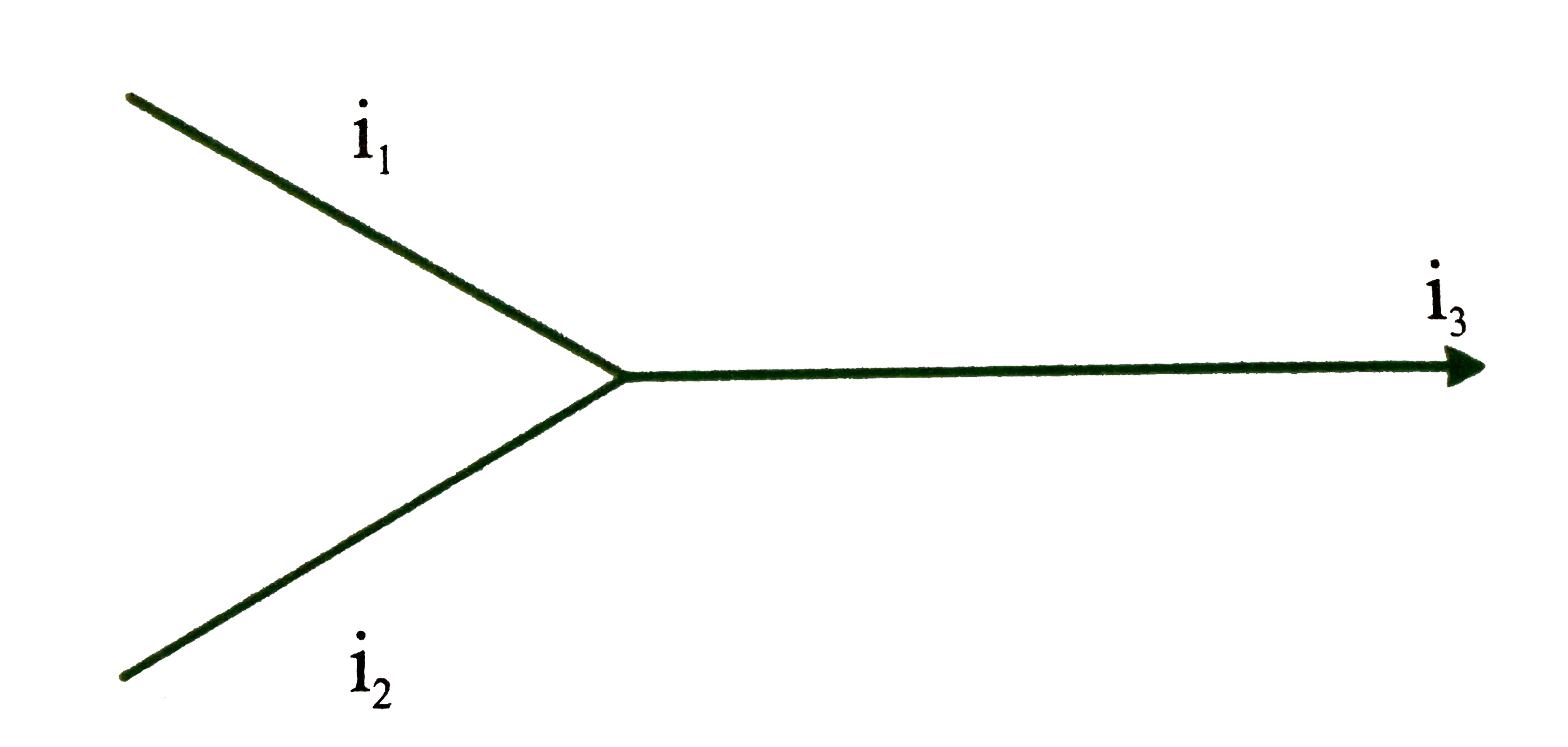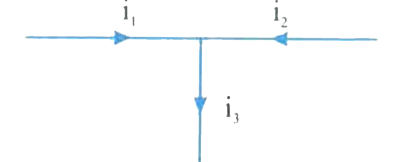Three sinusoidal displacements are applied in X-direction to a point mass in such a way that total displacement is zero and the mass comes to rest. What are the values of B and ϕ if the equations are
x1(t)=Asin2ωt
x2(t)=Asin(2ωt+4π3)
x3(t)=Bsin(2ωt+ϕ)
To solve the problem, we need to find the values of B and ϕ such that the total displacement of the point mass due to the three sinusoidal displacements is zero. The equations of the displacements are given as follows:
1. x1(t)=Asin(2ωt)
2. x2(t)=Asin(2ωt+4π3)
3. x3(t)=Bsin(2ωt+ϕ)
Step 1: Write the total displacement equation
The total displacement x(t) is the sum of the three displacements:
x(t)=x1(t)+x2(t)+x3(t)=Asin(2ωt)+Asin(2ωt+4π3)+Bsin(2ωt+ϕ)
For the mass to come to rest, the total displacement must be zero:
x(t)=0
Step 2: Use the sine addition formula
We can use the sine addition formula to simplify x2(t):
sin(a+b)=sinacosb+cosasinb
Applying this to x2(t):
x2(t)=A(sin(2ωt)cos(4π3)+cos(2ωt)sin(4π3))
Knowing that cos(4π3)=−12 and sin(4π3)=−√32, we have:
x2(t)=A(sin(2ωt)(−12)+cos(2ωt)(−√32))
=−A2sin(2ωt)−A√32cos(2ωt)
Step 3: Combine the terms
Now we can combine x1(t) and x2(t):
x(t)=Asin(2ωt)−A2sin(2ωt)−A√32cos(2ωt)+Bsin(2ωt+ϕ)
=(A−A2)sin(2ωt)−A√32cos(2ωt)+Bsin(2ωt+ϕ)
=A2sin(2ωt)−A√32cos(2ωt)+Bsin(2ωt+ϕ)
Step 4: Set the total displacement to zero
For the total displacement to be zero, we can equate the coefficients of sin(2ωt) and cos(2ωt) to zero:
1. Coefficient of sin(2ωt):
A2+Bcos(ϕ)=0
2. Coefficient of cos(2ωt):
−A√32+Bsin(ϕ)=0
Step 5: Solve the equations
From the first equation:
Bcos(ϕ)=−A2(1)
From the second equation:
Bsin(ϕ)=A√32(2)
Dividing equation (2) by equation (1):
Bsin(ϕ)Bcos(ϕ)=A√32−A2
This simplifies to:
tan(ϕ)=−√3
Thus, ϕ=4π3 or ϕ=7π3 (considering the periodicity of the tangent function).
Step 6: Substitute ϕ back to find B
Using ϕ=4π3 in equation (1):
B(−12)=−A2
B=A
Final Result
Thus, the values of B and ϕ are:
B=A,ϕ=4π3
2. x2(t)=Asin(2ωt+4π3)
3. x3(t)=Bsin(2ωt+ϕ)
The total displacement x(t) is the sum of the three displacements:
x(t)=x1(t)+x2(t)+x3(t)=Asin(2ωt)+Asin(2ωt+4π3)+Bsin(2ωt+ϕ)
For the mass to come to rest, the total displacement must be zero:
x(t)=0
We can use the sine addition formula to simplify x2(t):
sin(a+b)=sinacosb+cosasinb
Applying this to x2(t):
x2(t)=A(sin(2ωt)cos(4π3)+cos(2ωt)sin(4π3))
Knowing that cos(4π3)=−12 and sin(4π3)=−√32, we have:
x2(t)=A(sin(2ωt)(−12)+cos(2ωt)(−√32))
=−A2sin(2ωt)−A√32cos(2ωt)
Now we can combine x1(t) and x2(t):
x(t)=Asin(2ωt)−A2sin(2ωt)−A√32cos(2ωt)+Bsin(2ωt+ϕ)
=(A−A2)sin(2ωt)−A√32cos(2ωt)+Bsin(2ωt+ϕ)
=A2sin(2ωt)−A√32cos(2ωt)+Bsin(2ωt+ϕ)
For the total displacement to be zero, we can equate the coefficients of sin(2ωt) and cos(2ωt) to zero:
1. Coefficient of sin(2ωt):
A2+Bcos(ϕ)=0
2. Coefficient of cos(2ωt):
−A√32+Bsin(ϕ)=0
From the first equation:
Bcos(ϕ)=−A2(1)
From the second equation:
Bsin(ϕ)=A√32(2)
Bsin(ϕ)Bcos(ϕ)=A√32−A2
This simplifies to:
tan(ϕ)=−√3
Thus, ϕ=4π3 or ϕ=7π3 (considering the periodicity of the tangent function).
Using ϕ=4π3 in equation (1):
B(−12)=−A2
B=A
Thus, the values of B and ϕ are:
B=A,ϕ=4π3
Topper's Solved these Questions
- WAVESBOOK - MODERN PUBLICATIONCHAPTER - WAVESEXERCISE - REVISION EXERCISES
107 Videos
- WAVESBOOK - MODERN PUBLICATIONCHAPTER - WAVESEXERCISE - MULTIPLE CHOICE QUESTIONS
88 Videos
- WAVESBOOK - MODERN PUBLICATIONCHAPTER - WAVESEXERCISE - NCERT EXEMPLAR PROBLEMS
31 Videos
- UNITS AND MEASUREMENTBOOK - MODERN PUBLICATIONCHAPTER - UNITS AND MEASUREMENTEXERCISE - CHAPTER PRACTICE TEST
15 Videos
- WORK, ENERGY AND POWER BOOK - MODERN PUBLICATIONCHAPTER - WORK, ENERGY AND POWER EXERCISE - Chapter Practice Test
16 Videos
Similar Questions
Knowledge Check
The equations of two SH M's are
X1=4sin(ωt+π/2).X2=3sin(ωt+π)A6 unitsB5 unitsC1 unitsD7 unitsWhat is the amplitude of the S.H.M. obtained by combining the motions.
x1=4sinωtcm, x2=4sin(ωt+π3)cmA8 cmB4√3cmC6 cmD2√3cmIf i1=i0sin(ωt),i2=i02sin(ωt+ϕ), then i3=
 A√i201+i202sin{ϕ+ωt}B(i01+i02)sin(ϕ2+ωt)C(√i201+i202+2i01i02cosϕ)sin[ϕ+ωt]D(√i201+i202+2i01i02cosϕ)sin[α+ωt] where α=Tan−1[i02sinϕi01+i02cosϕ]
A√i201+i202sin{ϕ+ωt}B(i01+i02)sin(ϕ2+ωt)C(√i201+i202+2i01i02cosϕ)sin[ϕ+ωt]D(√i201+i202+2i01i02cosϕ)sin[α+ωt] where α=Tan−1[i02sinϕi01+i02cosϕ]
Find the displacement equation of the simple harmonic motion obtained by combining the motion.
x1=2sinωt, x2=4sin(ωt+π6) and x3=6sin(ωt+π3)
View SolutionFind the resultant amplitude of the following simple harmonic equations :
x1=5sinωt
x2=5sin(ωt+53∘)
x3=−10cosωt
View SolutionIf i1=3sinωtand(i2)=4cosωt, then (i3) is

View SolutionThe resultant amplitude due to superposition of three simple harmonic motions x1=3sinωt,
x2=5sin(ωt+37∘) and x3=−15cosωt is
View SolutionThe ratio of amplitudes of following SHM is x1=Asinωtandx2=Asinωt+Acosωt
View Solution

